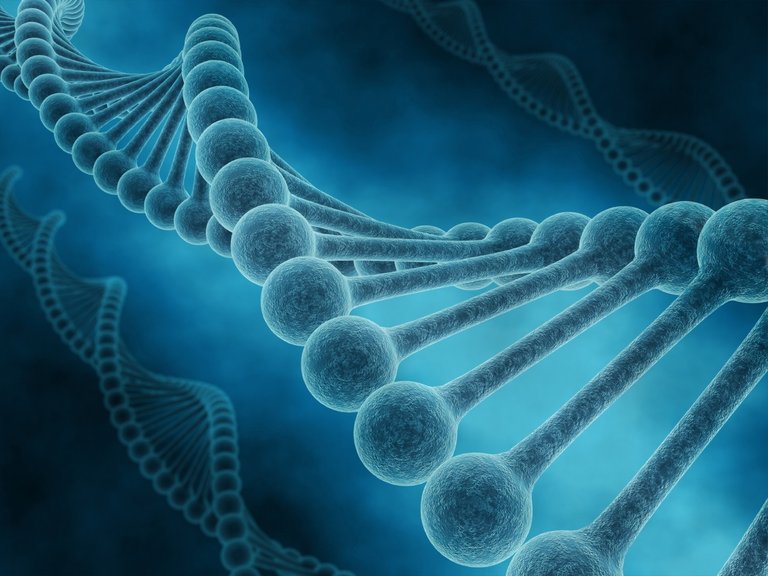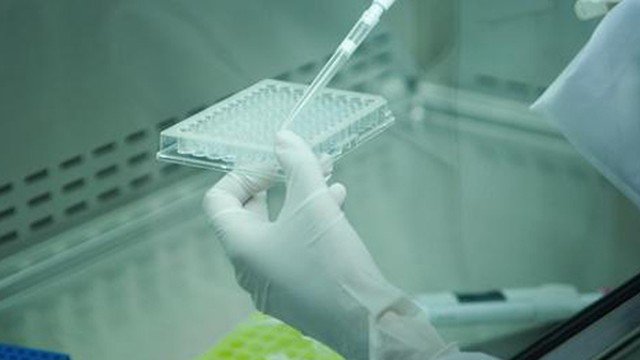Have you ever heard about Sanfilippo Syndrome?
 Source
Source
A few days ago I was accompanying my son on the birthday of one of his classmates. While my son and his friends enjoyed every second of the party I was able to observe a mother with a child of approximately 8 years old who remained distant throughout the party, it was not necessary to talk with her to see the suffering that afflicted her.
When he started talking with her, he told me that the boy who accompanied her was his only son and that he suffered from a rare syndrome called "Sanfilippo". At first glance he looked like a normal child but with the passage of time he presented some sudden changes in mood which his mother was the only one he could understand and control.
When I arrived at my house I decided to find out more about this syndrome on the Internet and I could see that it was more complex than I imagined, and that often it is not necessary for our children to be born completely healthy (apparently) to begin to suffer from some rare disease. That is why I will explain a little more about this syndrome.
What is Sanfilippo Syndrome?
Sanfilippo syndrome or mucopolysaccharidosis type III (MPS-III) is an unusual disease in which the body lacks or does not have enough of certain enzymes necessary to break down the long chains of sugar molecules. These chains of molecules are called glycosaminoglycans (formerly called mucopolysaccharides). As a result, molecules accumulate in different parts of the body and cause different health problems.
This syndrome comprises a group of lysosomal storage diseases, caused by the deficiency of one of the four lysosomal hydrolases that participate in the degradation of glycosaminoglycan heparan sulfate (which is located in the extracellular matrix and in the glycoproteins of the cell surface) . It has an autosomal recessive inheritance pattern, which means that the child inherits copies of the mutated gene from both the father and the mother. Both parents of a child affected with an autosomal recessive condition are healthy carriers of the mutated gene. This deficiency causes severe degeneration of the central nervous system and impairment of social skills and adaptation, ultimately leading to an early death of the affected person. At the moment, a cure for humans has not been discovered, although different research studies are being carried out that are hopeful.
Causes
Sanfilippo syndrome is a hereditary disorder. This means that it is transmitted from parents to children. If both parents carry an inactive copy of a gene related to this condition, each of their children has a 25% (1 in 4) chance of developing the disease.
 Source
Source
This is called an autosomal recessive trait. This syndrome develops when there is a deficiency or the enzymes necessary to break down the chain of heparan sulfate sugars are defective.
There are four main types of MPS III. The type a person has depends on which enzyme is affected.
- Type A: is the most serious form and is caused by a defect in the SGSH gene. People with this type do not have a normal form of an enzyme called heparan N-sulphatase. Type A of Sanfilippo (there are three other types) is caused by the mutation of a gene that causes the deficiency of an enzyme (sulfamidase) necessary to break down complex materials that the body no longer needs and which, when not eliminated, end up accumulating in the cells. This causes mainly neurological damage, a kind of infantile dementia, where they lose what they have learned, a cognitive and motor involution accompanied by hyperactivity and physical problems such as respiratory and ear infections, in addition to characteristic features such as coarse and rough hair, populated eyebrows and stature below the average.
Type B: is caused by a defect in the NAGLU gene. People with this type lack or do not produce enough alpha-N-acetylglucosaminidase.
Type C: is caused by a defect in the HGSNAT gene. People with this type lack or do not produce enough acetyl-CoAlfa-glucosaminide acetyltransferase.
Type D: is caused by a defect in the GNS gene. People with this type lack or do not produce enough N-acetylglucosamine 6-sulphatase.
Clinical manifestations
The development of the child is almost normal until before 3 to 4 years of age. After this age the following manifestations begin to appear:
STAGE 1
- Delay in development, especially in language.
 Source
Source
- Progressive motor difficulties due to spasticity and stiffness of the joints, which begin at approximately 10 years of age (mark the beginning of the third stage of the disease).
 Source
Source
Severe hearing loss (frequent in the patient with moderate to severe involvement)
Severe neurological degeneration that occurs in most patients between six and 10 years of age, accompanied by rapid deterioration of social and adaptive skills (mental impairment).
STAGE 2
Behavioral problems: Aggressiveness, Hyperactivity, Attention deficit, Sleep disorders, Intense crying, Self-injury and Sudden changes in mood.
Physiological disorders:Incapacity or difficulty to control the sphincters, Diarrhea and Difficulty walking
Rigid joints that may not extend completely.
How to diagnose this syndrome?
 Source
Source
The diagnosis is usually made quite late, since in some cases the disease can begin with signs or symptoms that are not specific and that are not accompanied by a neurological deterioration that makes us suspect the presence of this disease.
The diagnostic test that suspects the presence of the disease is the increase of heparan sulfate in the urine. Heparan sulfate is the mucopolysaccharide that accumulates in all forms of Sanfilippo disease. However, the subtype of disease can not be known only with urinalysis and other methods must be used.
The different subtypes can be identified in fibroblast culture that is usually obtained from a skin biopsy of the patient or by serological analysis of the level of enzyme in leukocytes by blood analysis.
The amount of heparan sulfate in urine is not proportionally related to the severity of the disease. That is, patients with mild forms may have a high level of mucopolysaccharide in urine, and conversely, very affected patients may have very low urinary levels of heparan sulfate.
Another proof that it is a storage disease is the vacuolation test inside peripheral blood lymphocytes.
Treatment
A team of researchers led by the director of the CBATEG (Center for Animal Biotechnology and Gene Therapy of the UAB) Fatima Bosch, has developed a gene therapy treatment that cures this disease in animal models, with pre-clinical studies in mice and dogs. The treatment consists of a single surgical intervention session in which a viral vector (adeno-associated viral vector, AAV) is introduced into the cerebrospinal fluid, the fluid that surrounds the brain and spinal cord.
The virus, absolutely innocuous, genetically modifies the cells of the brain and the marrow to produce sulfamidase, and spreads to other parts of the body such as the liver, from where it also induces the production of the enzyme.
Once the activity of the enzyme is restored, the levels of glycosaminoglycans return to normal for life, the accumulation of this substance in the cells disappears, the neuroinflammation disappears and the dysfunction of both the brain and other affected organs, the behavior of the animal returns to normal and its life expectancy is extended to normal levels. If the mice with the disease lived only around 14 months, those who have followed the therapy have survived as long as the healthy animals.
 Source
Source
Forecast
The syndrome causes considerable neurological symptoms, such as severe intellectual disability. The IQ can be below 50. Most people with this syndrome live until the teenage years; some may live longer, while others with severe forms of the disease die at a younger age. The symptoms seem more severe in people with Sanfilippo syndrome type A.
I hope this publication will be very helpful. Although the cure for this terrible disease has not yet been discovered, we must never lose faith in God.
Let us be attentive to any change in the ducts of our children, but above all let us prove our love day by day.
Used web pages
https://es.wikipedia.org/wiki/S%C3%ADndrome_de_Sanfilippo
https://www.efesalud.com/sindrome-sanfilippo-terapia-genica/





